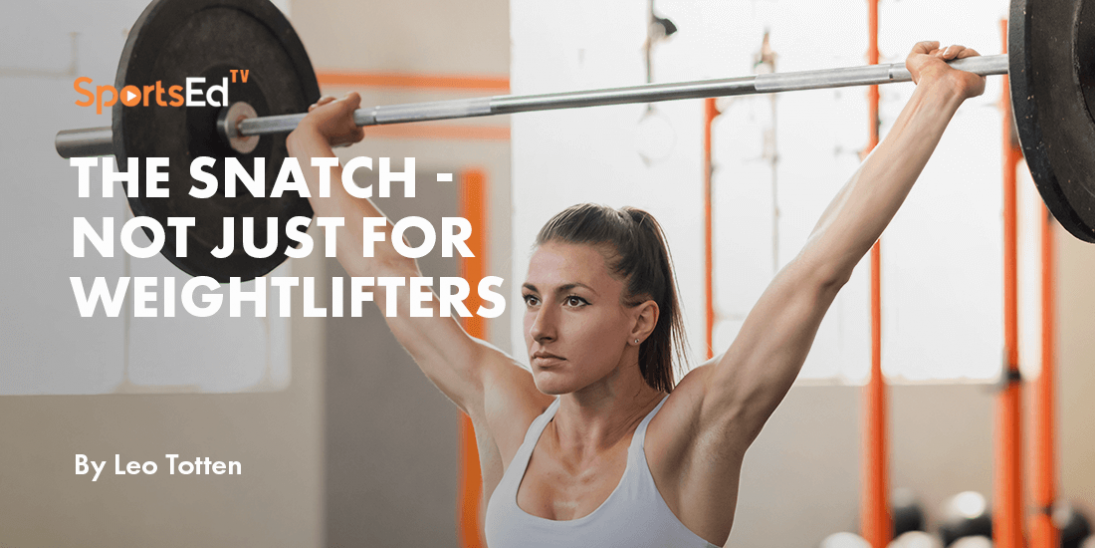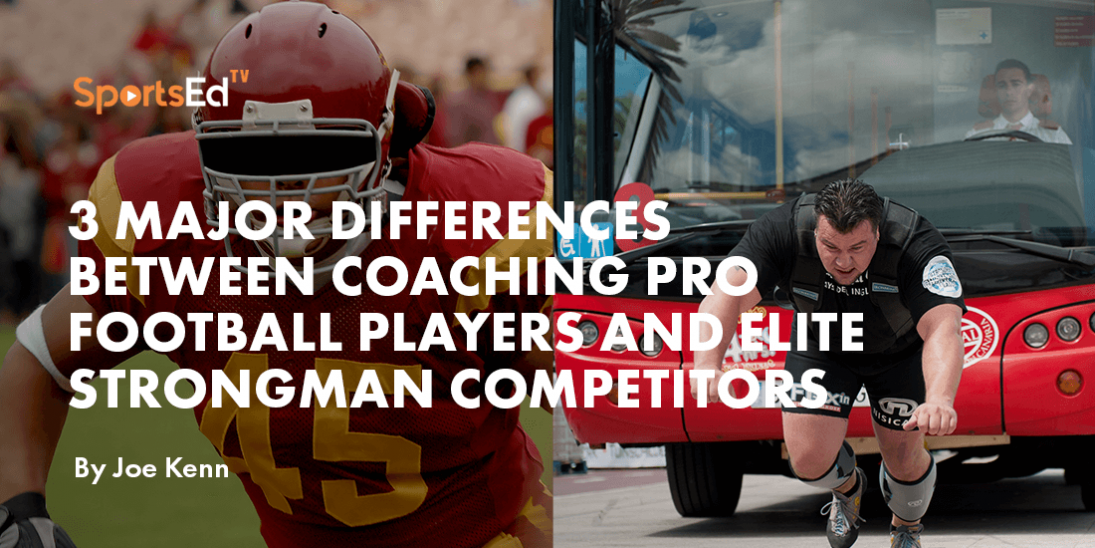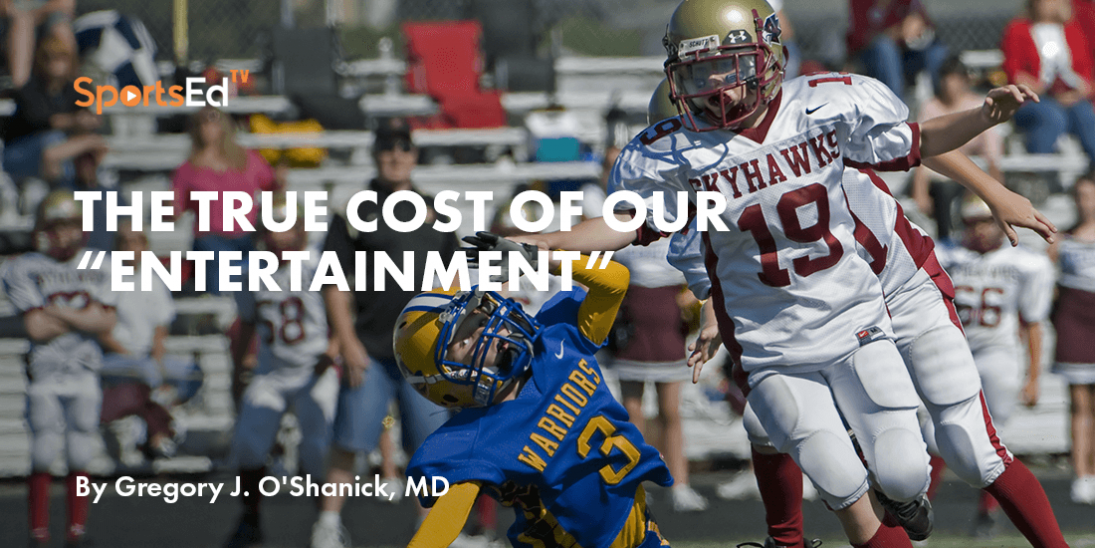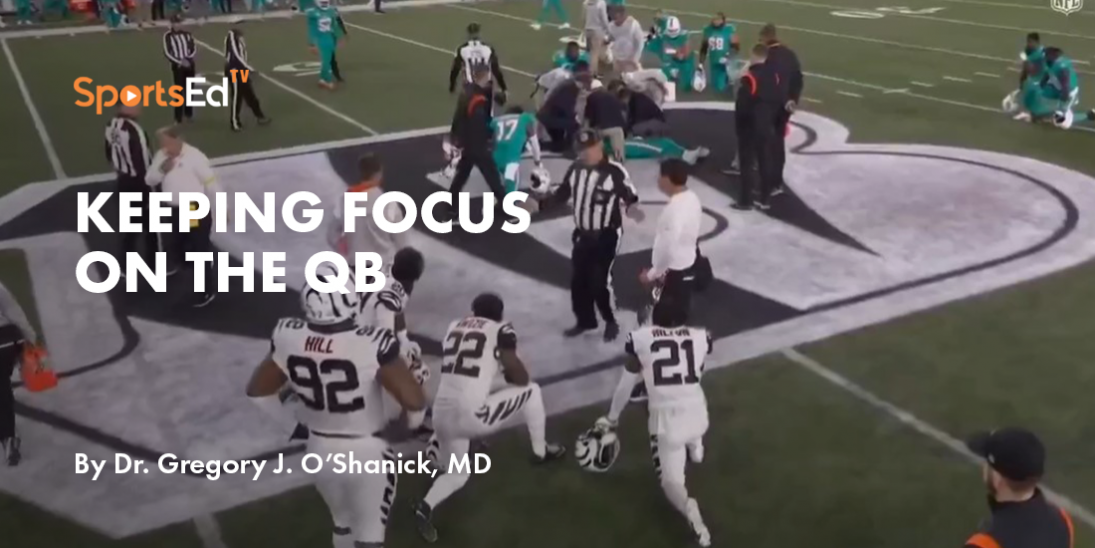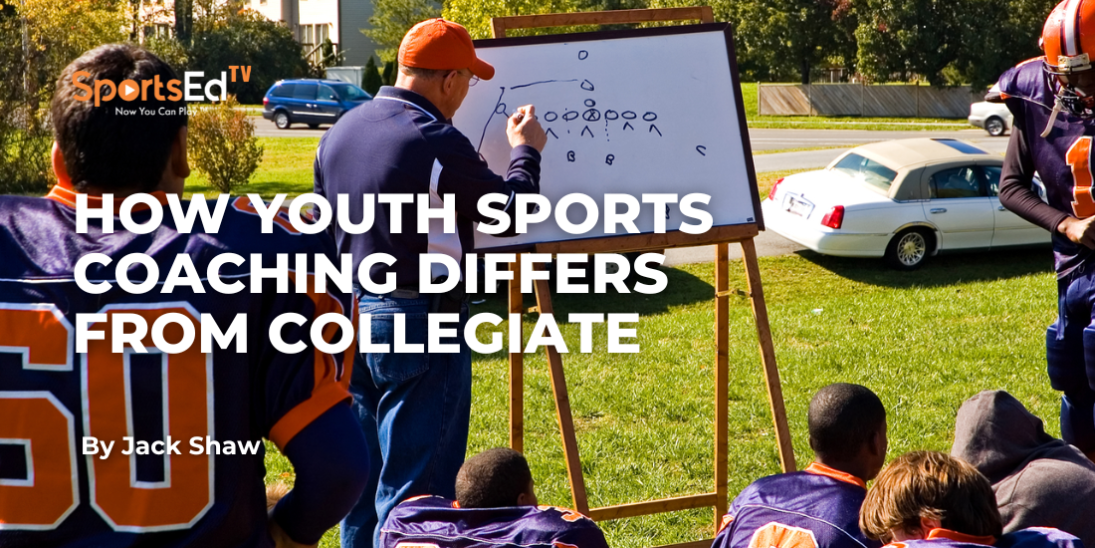Football - American
Welcome and thanks for visiting...

The Art of Pass Protection in a Violent Environment by Forrest Conoly
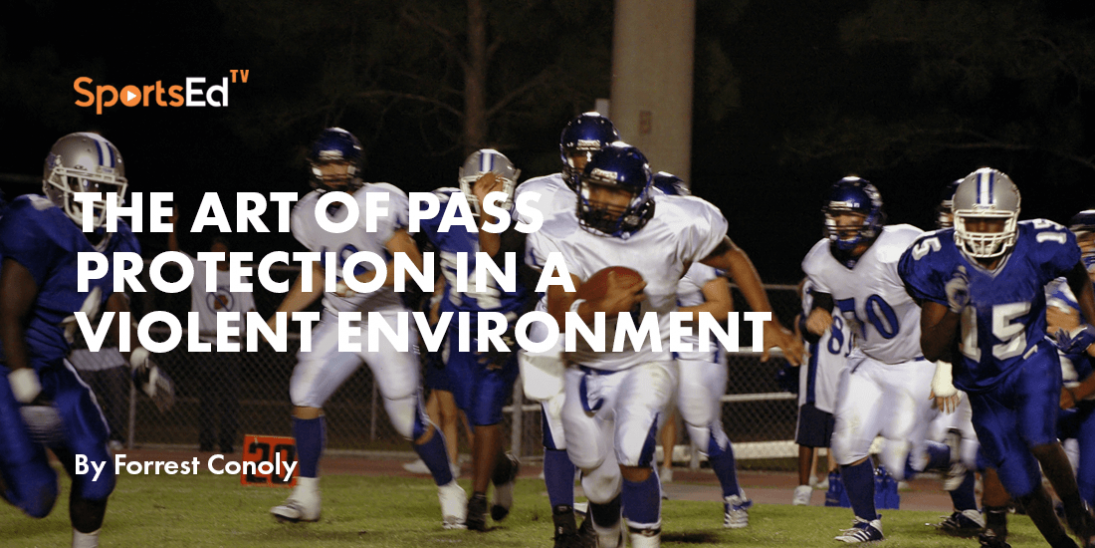
The Analytical Way I Approached to Pass Blocking Part Einstein Part Hulk Smash
The offensive line is the most underappreciated position on the field. While playing on the offensive line, you have to be part Einstein and part Hulk Smash. You have to be able to display intelligence by understanding your opponent. What do they do well? What don’t they do well? And, what could they do that makes them more effective as it pertains to that week’s game plan versus the skillset that you possess?
Lastly, you have to consider the environment you’re playing in and what adjustments you will have to make to be able to react effectively to confrontations.

A hostile environment can really put you in a precarious position.
When we played in hostile environments, we used a technique that you see tackles use often when the environment prevents you from hearing the snap count. The tackle holds hands with the guard and reacts to the first movement he feels. The problem with that technique is that you can find yourself in an environment that is so loud you feel like you’re moving from the vibration of the sound around you.
The more I analyzed this technique during my off-season preparation and film study, as it related to the opponents we would face (elite pass rushers), I concluded that I became more beatable. If I am late off the ball, whether it’s because I didn’t feel the guard or the defender got a good jump, I am at a deficit.
My natural body response/instinct at that point is to go get him. That is the worst thing that I can do as a tackle when I am beaten off the snap. The defender is coming up the field, and if I miss, there is no way to recover when I move forward.
When I’m giving ground if I am beat on the edge, I can turn and run him past the QB. If I am beaten to the inside, I can take an inside power step and drive the defender into the pile.
In addition, if they have employed a zone blitz scheme, I have eliminated my ability to react because the defender I’ve decided to use the jump technique against is dropping into coverage. So now, I’m either an illegal receiver downfield or I’m beaten by the blitzing backer/defensive back because I’m attacking a defender that isn’t there.

All of these decisions have to be made within a time frame of 3-5 seconds. Against most players, I was athletic enough to recover and I had enough mass that if I got even partially in their way, it made for a most difficult task for them to totally get around, by or through me.
Former NFL 1st rounder Kevin Carter and I had just finished taping an episode of The Experts, and he asked me why I wore a visor when we played against one another in college. I told him that I had to figure out a way to make it less of an advantage per the environment I was playing in. I could see near and far using my inside eye on the first movement of the football 6-8 feet away in the center’s hand while at the same time, I could see the defender using my outside eye.
Looking straight ahead and using my peripherals, I figured I put myself at an advantage to be successful.
When I also knew I was against a freak of nature athlete on the outside, what I call a 5 tool player, 6-6, 290lbs, long arms, ran 4.6 forty and an intellectual individual, I knew that if I gave him a head start, I’d lose EVERY TIME.
With the visor, the defender had no eye contact keys and/or recognition as to what I may do at the snap of the football. The visor was good because of the illusion it presented and the misdirection it created. The bad only presented itself when the elements, such as bad weather, came into play.
Every play, I looked straight ahead. Mentally, I became tone-deaf. Pursuit movements become not about what I hear but all about what I see. My inside eye is focused on the tip of the ball. My outside eye key on the defensive player’s body.
My first movement has to be straight back. Because my inside eye is on the ball, it makes that first move straight back easier than if I were looking directly at the pass rusher.

I have to be careful in my second step. What is my proprioception or body awareness? It’s a natural motion for my body to open up at that point. So I have to be able to contort my body to pull that inside shoulder back. At this point, I’m still working to only slightly place my focus on the defender because as soon as I turn my head to focus fully on him with the torque that I’m using to get back, my shoulders will naturally open.
Because I have avoided making full eye contact, I have allowed my shoulders to stay square. If I allow that inside shoulder to lean, I’ve given up my body and eliminated maneuverability, relinquishing any way to recover using the power step technique with any type of authority. If I open my outside shoulder, I’ve opened the door to a short corner for a speed rusher.
At this point, I am at my third step. I know what the defender is doing whether it’s an inside rush or an outside rush - I have the correct posture to react. Now, it’s time to Hulk smash!
Disclaimer: Sometimes you can do all the thinking and have the right set, but you still get run over. That’s a part of the game. But if I get run over and the QB completes the pass, I’ve done my job with ninety percent Einstein and ten percent Hulk.




